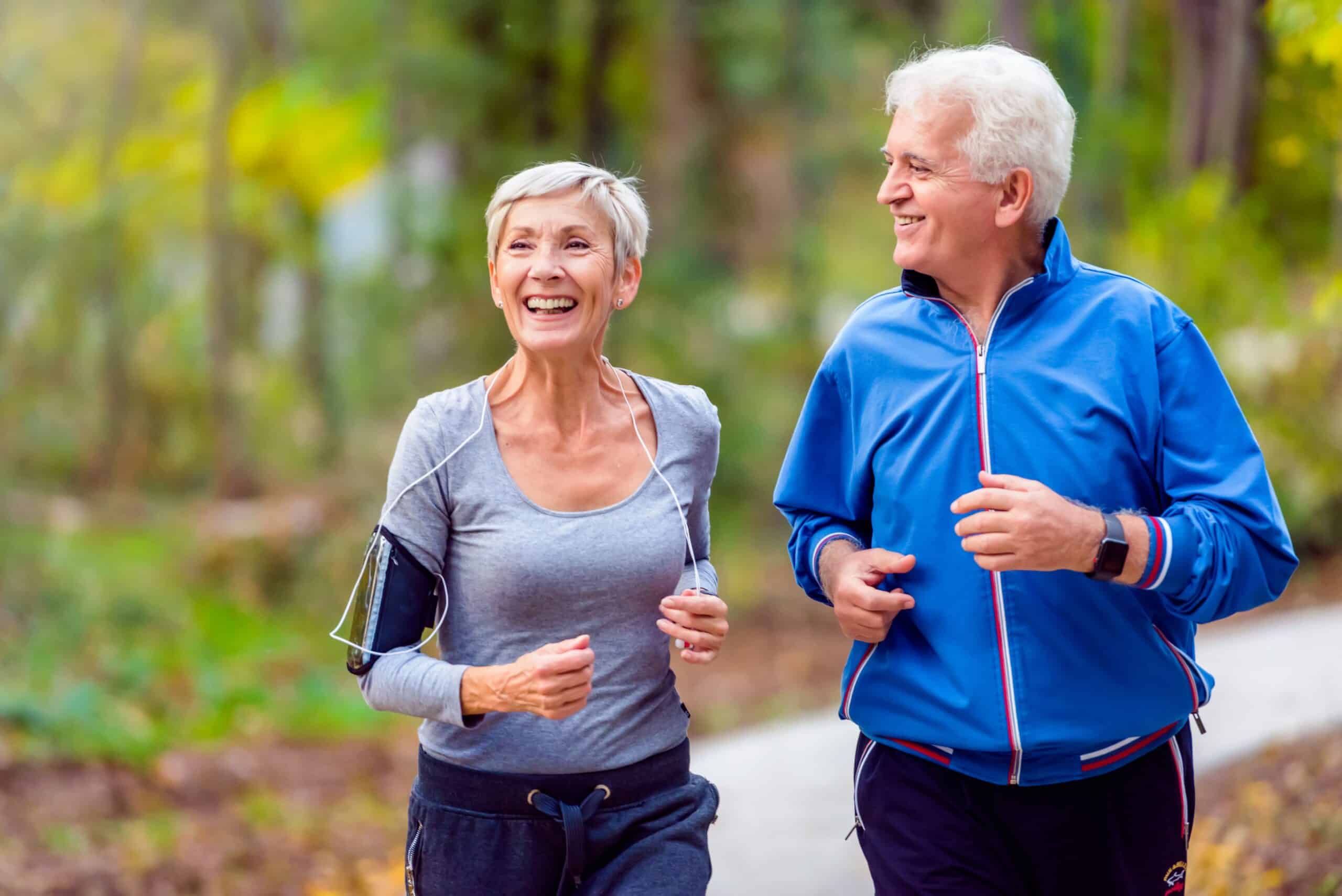This study published in the Journal of the American College of Cardiology involves 138 people who participated in running during the 2016 and 2017 London Marathons who were also running a maximum of 2 hours a week before the study, with the average age of 37 years old who had never completed a marathon in the past and had no significant medical history or preexisting heart disease.
Before beginning training participant blood pressure and aortic stiffness was measured using cardiovascular magnetic resonance to calculate biological age of their aorta using actual age and measurements from 3 levels of the artery; these measurements were taken between 1-3 weeks after the marathon as well. Each of the participants were advised to follow the marathon’s Beginner’s Training Plan which consists of 3 runs per week for 17 weeks leading up to the race, and as the weeks pass the weekly exercises become more intense.
Analysis of the average finish times of 27,000 runners suggest that participants were running between 6-13 miles a week while training; men took on average 4.5 hours to complete the race and women took 5.4 hours to complete the race. Comparing measurements before and after the race revealed that both blood pressure and aortic stiffness had decreased in the first time marathon runners; and older males who were slower and had higher baseline blood pressure were found to benefit most from the training routine and race.
It’s never too late to change: “Our study shows it is possible to reverse the consequences of aging on our blood vessels with real-world exercise in just 6 months,” comments senior author Dr. Charlotte H. Manisty, who works at the Institute of Cardiovascular Science at University College London and Barts Heart Centre. “These benefits were observed in overall healthy individuals across a broad age range,” she adds, “and their marathon times are suggestive of achievable exercise training in novice participants.”
Those with greater arterial stiffness and hypertension may benefit even more from this type of exercise, but additional studies are required to determine the effects. It is worth noting that it is not possible to conclude that exercise alone produced these effects and they were not affected by making more healthful lifestyle choices to accompany their training. It is also possible that some of the participants may have adopted a different training program than what was recommended.
Regardless of the limitations these findings reflect “the importance of lifestyle modifications to slow the risks associated with aging, especially as it appears to never be too late as evidenced by our older, slower runners,” Dr. Manisty states.




